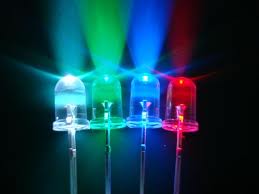Building Regulations Part L (Lighting)
Posted on
Following recent questions from customers, we thought it may be useful to add the following information.
Part L of the building regulations states that (text taken from compliance guide):
New & Replacement systems:
In the areas effected by the building work, provide low energy light fittings (fixed lights or lighting units) that a number of not less than three per four of all the light fittings in the main dwelling spaces of those areas.
In Laymens terms this means that if having an extension or new/replacement lighting system then 75% of the system should be low energy.
LED's or low energy lamps help comply with this regulation.
In new builds you may have noticed new light pendants, these ensure that only energy efficient lamps (bulbs) are fitted, and were initially installed by the designer of the system to comply with Part L of the building regulations - Sadly they usually mean that your old lamp shades wont fit! Naturally at CBE Ltd we can help with these small challenges.
